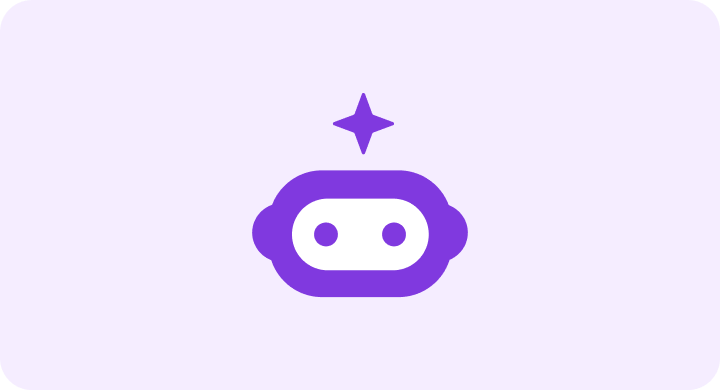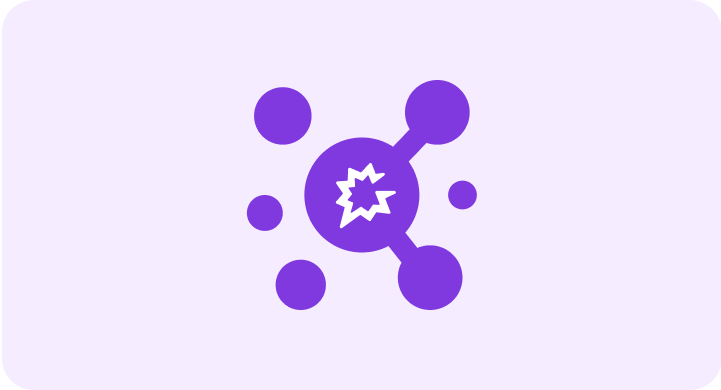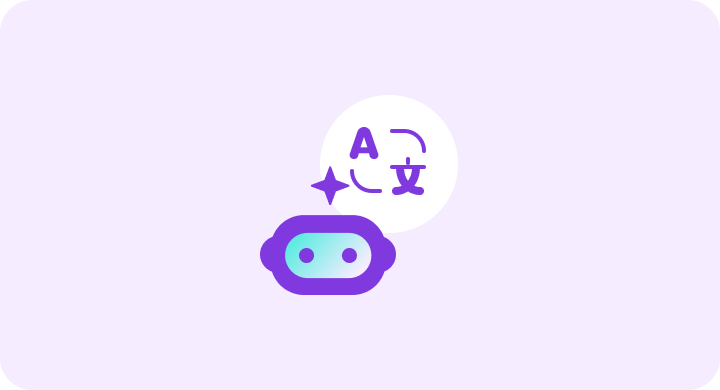 Das zentrale Betriebssystem moderner Revenue Teams
Das zentrale Betriebssystem moderner Revenue Teams
Entwickelt um Revenue-Teams zu helfen Deals abzuschließen - läute den Gong, Deal für Deal, Quartal für Quartal.
5.000+ Kunden vertrauen Gong
Erfolgreiche Revenue-Teams erzielen mit Gong planbaren Umsatz
Mehr Produktivität, bessere Vorhersagbarkeit, schnelleres Wachstum - mit Revenue AI Betriebssystem.

Pitchbook ist dank KI für den Vertrieb zehnmal effizienter
Verabschiede Dich von unnötiger manueller Arbeit und hilf Deinem gersamten GTM-Team, sich aufs Wesentliche zu konzentrieren - Deals abzuschließen.
„Gong hilft uns unser Team besser zu coachen und unseren Kunden & Prospects den bestmöglichen Service zu bieten. Mit Gong weiß ich, dass wir auf Erfolgskurs sind.“
Wachse smarter - mit KI, die Deinen Umsatz von der Akquise bis zur Expansion pusht
KI, die für Revenue-Teams gebaut ist - mit Agenten, die wissen, wie Dein Workflow läuft.


Sicherheit und Vertrauen, die mit deinem Wachstum Schritt halten.
Enterprise-Level-Security, globale Compliance Standards und strikter Datenschutz - damit du wachsen kannst, ohne Dir Sorgen um Deine Daten zu machen.
Mit Gong gewinnen alle
Bring dein gesamtes GTM-Team in Gong zusammen - für mehr Tempo, smarteres Arbeiten und nachhaltiges Wachstum.
Führe mit Zuversicht, prognostiziere präzise und schöpfe das volle Potenzial deines Teams aus - mit vollständiger Transparenz über das gesamte Unternehmen hinweg.
Skaliere Top-Performer, verbessere Pipeline-Konvertierungsraten und erstelle präzisere Prognosen - mit Gong als Deinem zentralen System der Wahrheit.
Ganz gleich, ob du selbst Pipeline aufbaust oder ein Team leitest - Gong gibt dir die Klarheit, das Coaching und das Selbstvertrauen, um Deals erfolgreich abzuschliessen.
Verwandle Daten in Wachstum. Mit Revenue AI.
Starte mit für Umsatzteams spezialisierten KI-Agenten. Basierend auf den umfangreichsten Revenue-Insights der Welt. Damit Du jedes mal gewinnst.
Loading form...





